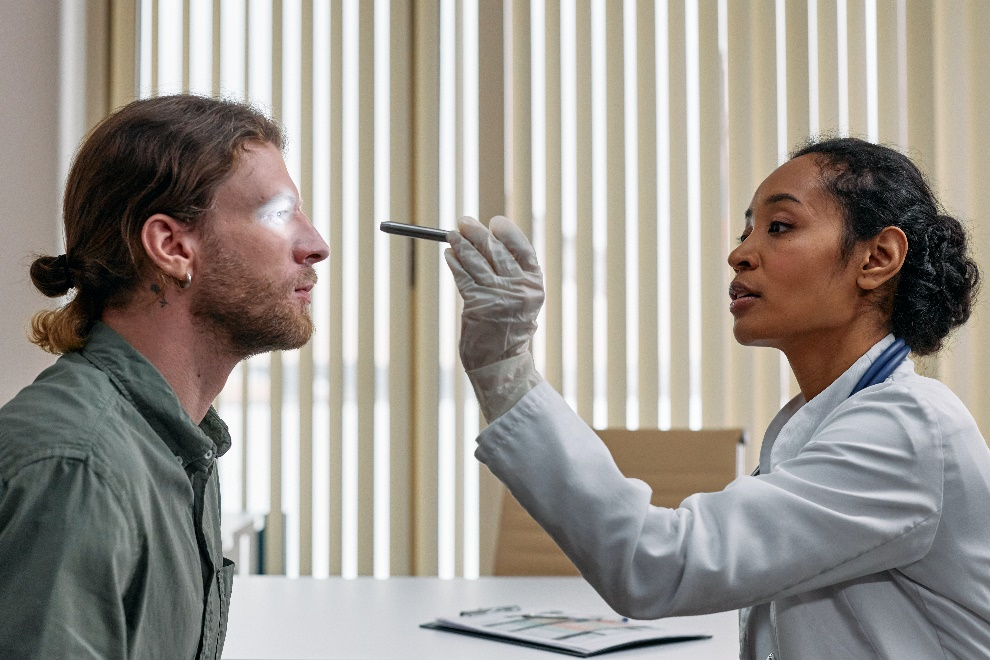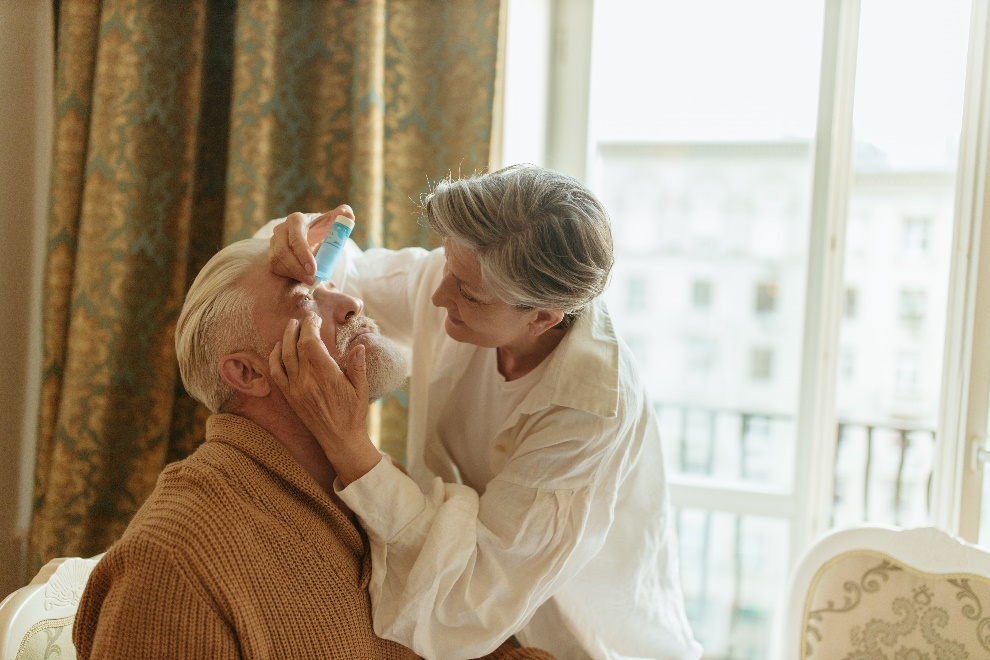Conjunctivitis: Symptoms, Causes, Treatment, & Prevention
Conjunctivitis, commonly known as pink eye, is a condition that occurs when the conjunctiva, the thin layer of tissue covering the eye, becomes inflamed. This condition can be caused by a virus, bacteria, or allergens and can range from mild to severe. In this blog, we will discuss conjunctivitis in detail so you know what the condition entails before booking an appointment with your primary doctor.

Symptoms of Conjunctivitis
The symptoms of conjunctivitis can vary depending on the cause of the condition. However, the most common symptoms of conjunctivitis include:
- Redness of the eye: The eye may appear pink or red due to the inflammation of the conjunctiva, hence the reason why it’s commonly known as pink eye.
- Eye discharge: The eye may produce a clear, watery discharge or a thicker, yellowish discharge. Often, the discharge forms a crusty layer and makes the upper and the lower lid stick together, usually when they wake up from a nap.
- Itching and burning sensation: The eye may feel itchy and you may experience a burning sensation, creating a severe urge to rub the eye.
- Blurred vision: In severe cases, the inflammation can affect the cornea and cause blurred vision. This usually is the leading cause of concern in people experiencing pink eye,closely followed by the itching and burning sensation.

Causes of Conjunctivitis
Multiple factors are responsible for the development of conjunctivitis, including viruses, bacteria, allergens, and irritants. Continue reading to find out the most common causes of conjunctivitis:
- Viral conjunctivitis: This type of conjunctivitis is caused by a virus, such as the common cold or the flu. Sometimes, the herpes simplex virus can also trigger and lead to recurrent episodes of pink eye.
- Bacterial conjunctivitis: Bacteria, such as Staphylococcus aureus, Streptococcus pneumoniae, or Haemophilus influenza, cause this type of infection. Transmission can take place through contact with contaminated objects or by close contact with an infected person.
- Allergic conjunctivitis: This type of conjunctivitis is caused by an allergic reaction to substances such as pollen, dust, or pet dander. It can be seasonal or year-round. Usually, it’s accompanied by allergies from the same triggering factors.
- Chemical conjunctivitis: It’s no secret that public swimming pools are filthy. Swimming in a public pool is considered the nastiest summer activitya person can choose to indulge in, according to the U.S. Centers for Disease Control and Prevention. While there are other repercussions from taking a dip in your local pool, developing chemical conjunctivitis takes the lead.

Treatment of Conjunctivitis
The treatment of conjunctivitis depends on the underlying cause of the condition. Here are some common treatments for conjunctivitis:
- Viral conjunctivitis: There is no specific treatment for viral conjunctivitis, and it usually goes away on its own within 1-2 weeks. However, doctors usually prescribe an antiviral medication for severe cases.
- Bacterial conjunctivitis: Antibiotic eye drops or ointments are prescribed to treat bacterial conjunctivitis. Doctors strictly advise that it’s important to complete the entire course of antibiotics as per the prescription, even if the symptoms improve.
- Allergic conjunctivitis: Antihistamine eye dropsor oral antihistamines is the usual treatment method that helps relieve the symptoms of allergic conjunctivitis. Avoiding the allergen that triggers the reaction can also help, including keeping your surroundings clean and maintaining your hygiene.
- Chemical conjunctivitis: Flushing the eye with water for at least 15 minutes is recommended to remove any chemical residue. It’s important to seek medical attention if the symptoms do not improve, as this type of pink eyemight lead to some undesirable consequences.

Prevention of Conjunctivitis
In some cases, developing pink eye seems unavoidable, but that doesn’t mean one can’t take certain precautions to prevent conjunctivitis. Here are some simple but easy tips that can keep the itchiness at bay:
- Wash your hands regularlywith soap and water, especially after touching your eyes or nose. Don’t skip cleaning your hands post a trip to the bathroom.
- Avoid touching your eyes after you’ve shaken hands or been in contact with someone whose hands are dirty or contaminated.
A blurry vision can be scary and cause unnecessary stress in a person. This is why getting your eyes checked frequently is crucial, especially if you feel like something is bothering your vision.
Now you can get your desired treatment at home with the help of virtual doctors at TelMDCare.
Book an appointment for only $39, and get treatment for everything ranging from pink eye, erectile dysfunction, strep throat infection, and motion sickness.